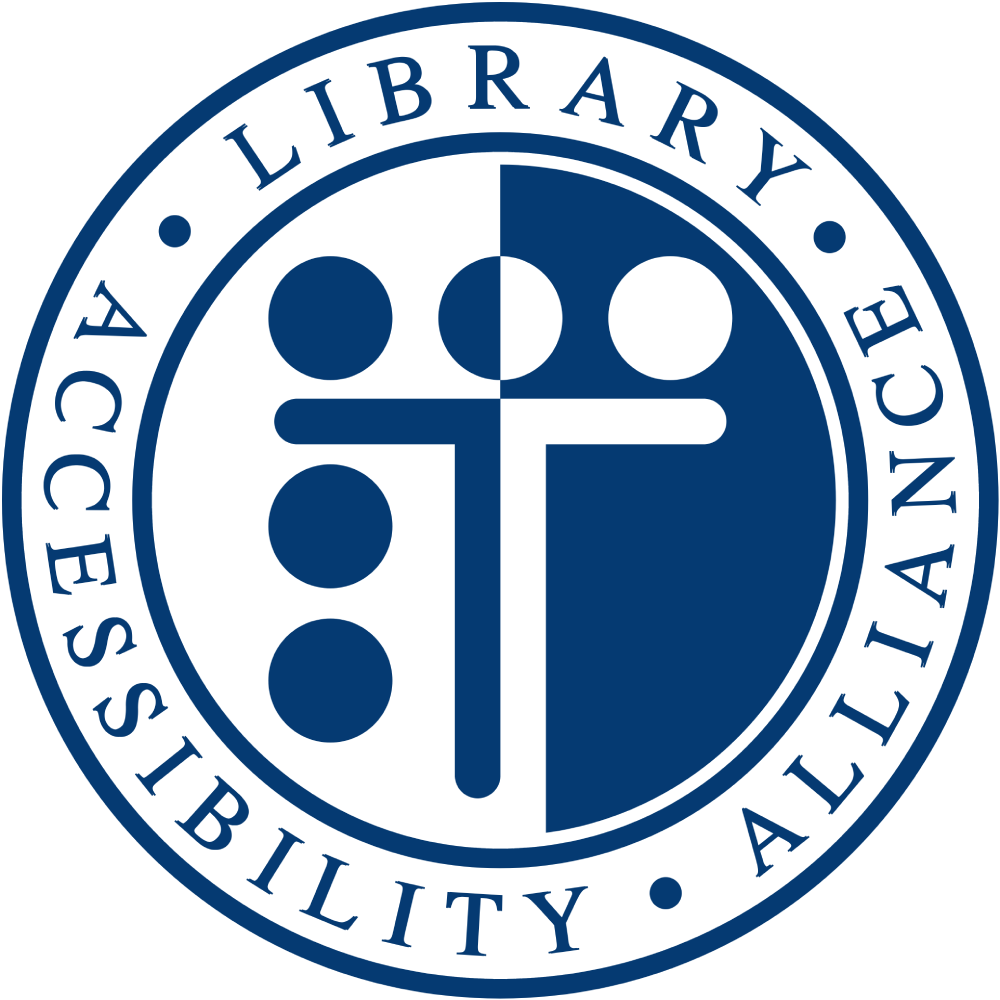This assessment covers portions of the Gale Primary Sources platform. The assessment revealed some problems with screen reader compatibility, resulting in screen reader users sometimes missing critical information needed to understand how to operate the features
Top 3 Issues:
- Grouping – field groupings and text groupings are not given to a screen reader user. People who are blind cannot use the visual layout of a group of related form elements and their shared group label - such as a question with a set of radio button answers - to determine the relationship between the form fields and the group label. In order to understand the relationship of the form fields, their individual labels, and their group label, the relationships must be expressed semantically. When grouped form elements and their group label are expressed semantically, a screen reader user can put focus on a form element and the screen reader will read the form element label and element type as well as the group label. Grouping controls is most important for related radio buttons and checkboxes.
- Images – the footer logo is marked as a background image and the main articles are missing help for screen reader users. People who are blind cannot see images on a page. In order to give people who cannot see an image access to the information conveyed by the image, it must have a text alternative. The text alternative must describe the information or function represented by the image. Screen readers can then use the alternative text to convey that information to the screen reader user. For informative images - images that convey information - the alternative text must communicate the intent, purpose, or meaning of the image in a way that serves as a true alternative for the image.
- Links – the title attribute is used for links causing the description to be duplicated. Meaningful link text helps people choose which links to follow without requiring complicated strategies to understand the page.
 Library Accessibility Alliance
Library Accessibility Alliance